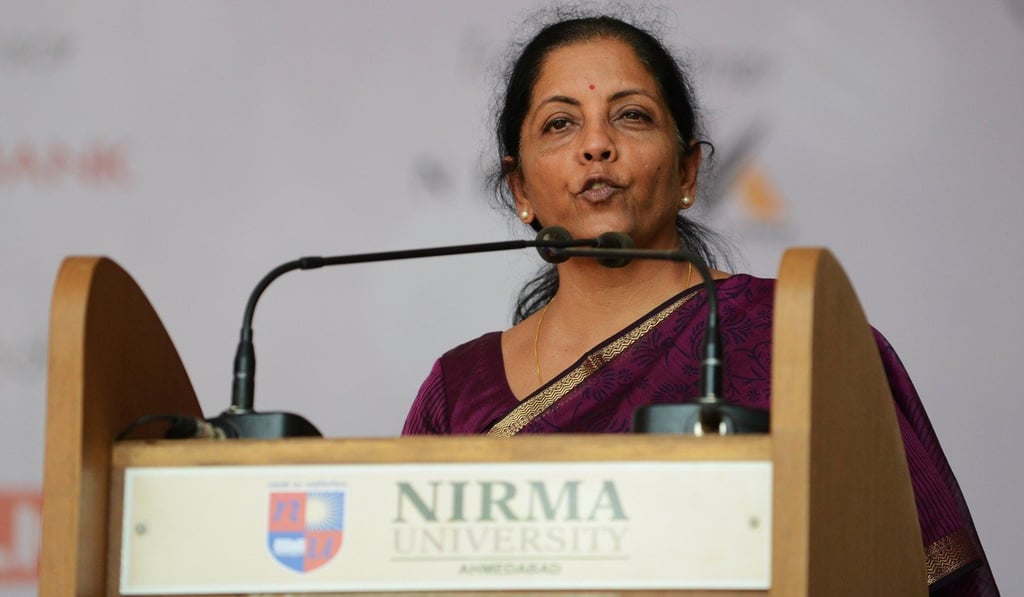Ignore what you’ve read about China and the Singapore-India naval pact
While some portray deepening naval ties between the Lion City and New Delhi as an affront to Beijing, others say there are more nuanced objectives at play

It’s not always about China, or so say defence analysts amid the hoopla over Singapore’s decision to grant Indian warships greater access to its Changi Naval Base, a logistics hub for the US military.
Some Indian media outlets immediately characterised last week’s agreement as a deliberate move done with an “an eye on China”, while one Singaporean opposition politician derided the government for a deal he said would derail efforts to “repair our damaged relations with China”.
Military experts said the “countering China” narrative was misleading and ignored the nuanced objectives of the deepened naval ties between the two countries.
India and Singapore already conduct exercises each year but this new partnership crucially gives Indian warships wider access to Changi Naval Base, the deep-draft vessel pier that serves as a port for the US Navy’s Pacific Fleet. In recent years, the naval base has been used for the rotational deployment of US combat ships to the disputed South China Sea, where American forces regularly conduct exercises. In response to This Week in Asia queries, the Singapore defence ministry said the base had hosted “more than 2,000 visits by foreign warships from 30 countries” since 2001.

